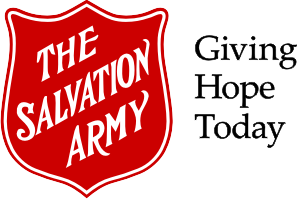Recognizing International Day for Disaster Risk Reduction

Observed annually on October 13th, the International Day for Disaster Risk Reduction (IDDRR) celebrates how people and communities around the world are reducing their exposure to disasters and raising awareness to manage crises.
It all began in 1989, when the UN General Assembly instituted the IDDRR to encourage every individual, community, and government to participate in building a culture of risk-awareness and more disaster resilient nations. (https://crhnet.ca/about/)
Canada launched a non-profit organization, Canadian Risks and Hazards Network in 2003, composed of various professionals in the disaster risk reduction field of both academics and practitioners. The objective is to promote and strengthen disaster risk reduction and emergency management in Canada. The Network creates an environment for hazards research, education and emergency management practitioner communities to effectively share knowledge and innovative approaches that reduce disaster vulnerability.
Since its inception, the organization has grown into a wide network and has introduced an annual symposium to create an ongoing dialogue focusing on disaster risk reduction. Guest presenters are invited to participate from across Canada, as well as internationally. The organization has since launched a mentorship program to newer and upcoming professionals.
Perron Goodyear, Vice President of the Canadian Risk and Hazards Network (CRHNet) and territorial director of emergency disaster services for The Salvation Army, describes his role within the organization. “Our goal is to bridge the gap between academics and practitioners. We are a network of networks. We are engaged in research projects and continue to build partnerships,” Perron adds. “We have partnered with Public Safety Canada and the Canadian Association of Chiefs of Police Emergency Management Committee and other organizations.”
CRHNet’s theme of ‘Reducing Risk through Partnerships’ calls attention to the need for partnerships to enhance the understanding of, and provide tools for, the development of comprehensive programs to mitigate, prepare for, respond to and recover from all types of disasters – natural, technological or human-induced. (chrnet.ca)
Perron periodically teaches emergency management courses across the country to prepare volunteers for emergencies. The Maritimes is known for occurrences such as hurricanes, forest fires and other tragedies. Recently, he has travelled to Saint John, Sussex and Halifax offering courses to groups affiliated with The Salvation Army.
For more information about the Canadian Risks and Hazards Network, as well as their upcoming symposium, you can visit their website at www.chrnet.ca.
By: Jan Keats
